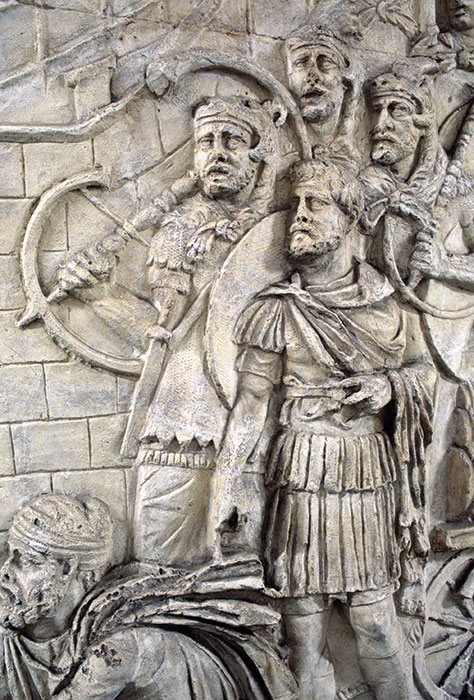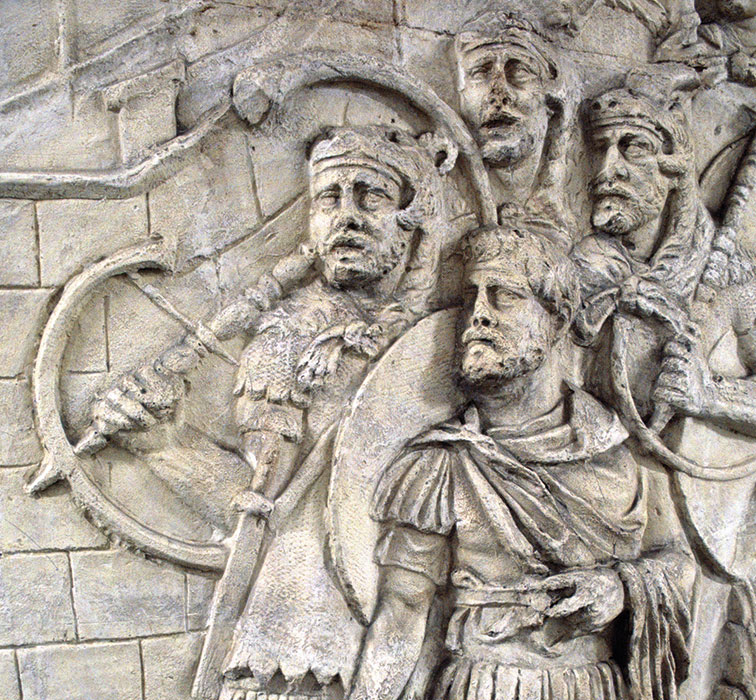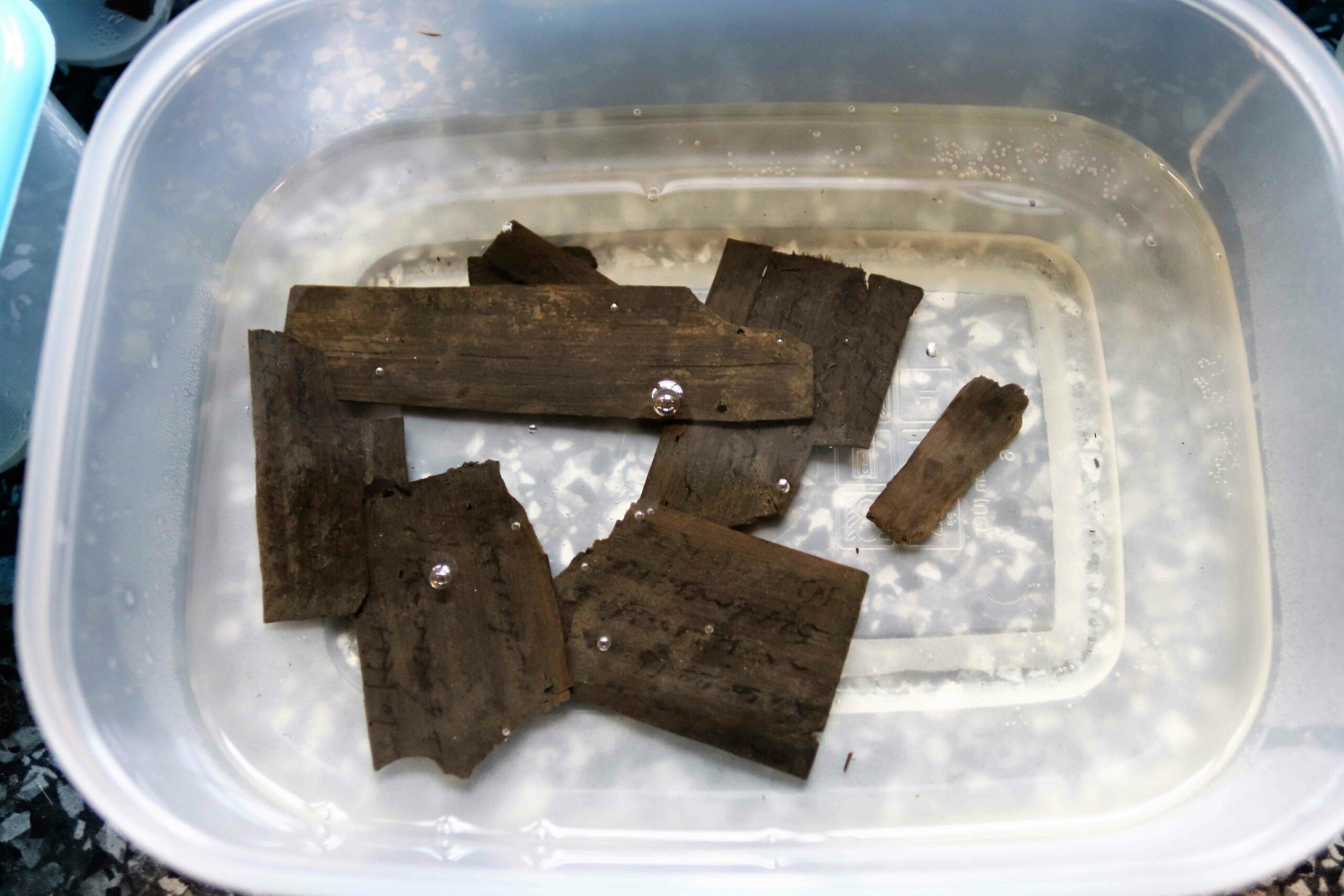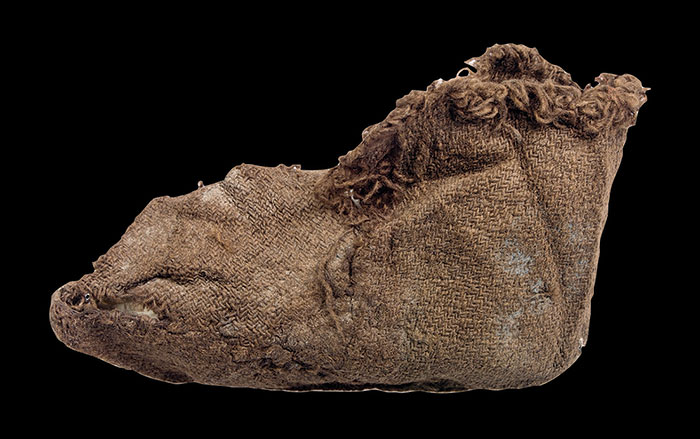
While digging beneath an early third-century A.D. officers’ clubhouse at the site of the Roman fort of Vindolanda in northern England, archaeologists unearthed a rare copper alloy mouthpiece belonging to a cornu, or horn. The mouthpiece lay on the floor of a military workshop that was in use around the time construction began on Hadrian’s Wall. It has been dated based on the context and associated finds on the workshop floor to between A.D. 120 and 128. The fragment was part of a nearly 10-foot-long instrument shaped like the letter G that was used to relay orders to troops during battle. “It was a real surprise to find something so individual and delicate as a musical instrument,” says archaeologist Andrew Birley of the Vindolanda Trust. “You just don’t expect an object as fabulous as this to be sitting on a workshop floor.” Modern replicas of the cornu provide an idea of the sounds Roman soldiers would have heard during skirmishes on the empire’s edge. “I am struck by the incredible range you can get with the instrument,” Birley says. “It can be loud and brash, but also delicate and soulful.”
To hear musician Letty Stott play a replica cornu at Vindolanda, see the video below.












